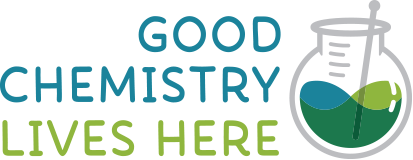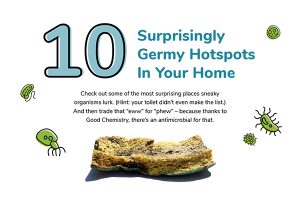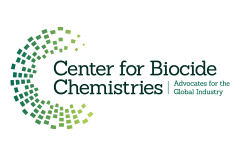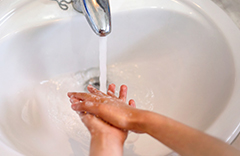The Center for Biocide Chemistries (CBC) has compiled a list of disinfectant products that can help you fight the spread of the COVID-19.
-
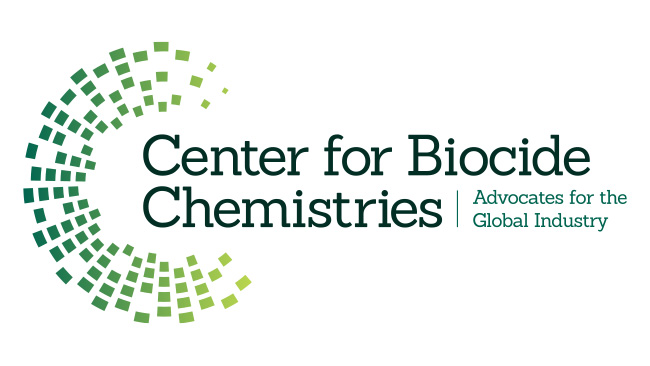
-

Cleaning and disinfecting are not the same!
-
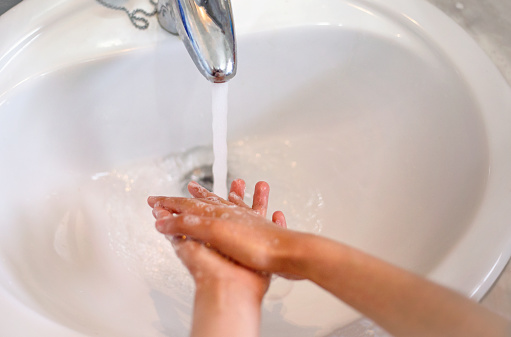
Household products, such as laundry detergent, paint, and general cleaners, can quickly spoil without the addition of antimicrobials.
-

Did you know that foreign species of crabs, seaweed, and other plants and animals can hitch a ride on the hulls of ships and make new homes in U.S. waters?
-

Your cell phone could contain 10 times as many germs as a toilet seat!
-

Swimming pools can’t really go “chemical treatment free.”
-

Microbes thrive in moist and humid environments. That’s why antimicrobials are used in athletic shoes, workout apparel, tablecloths, furniture, and other textiles.
-
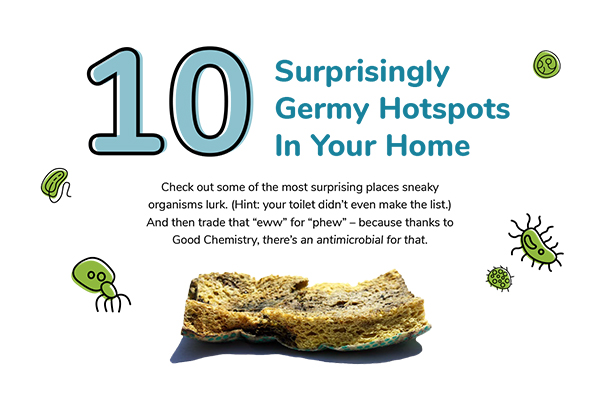
There are germs hiding in plain sight all around your house.

